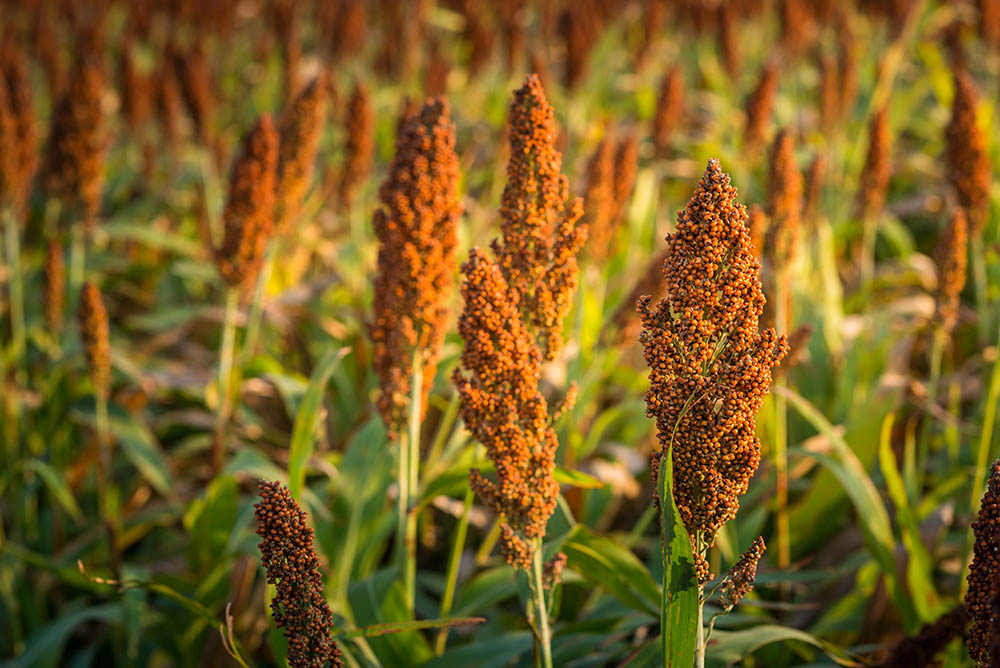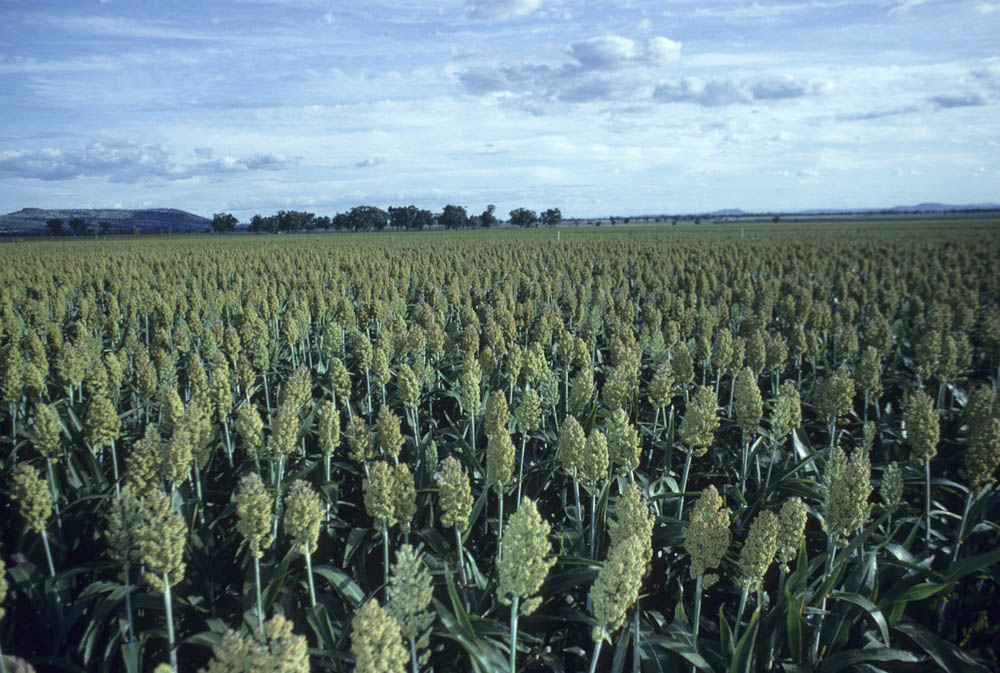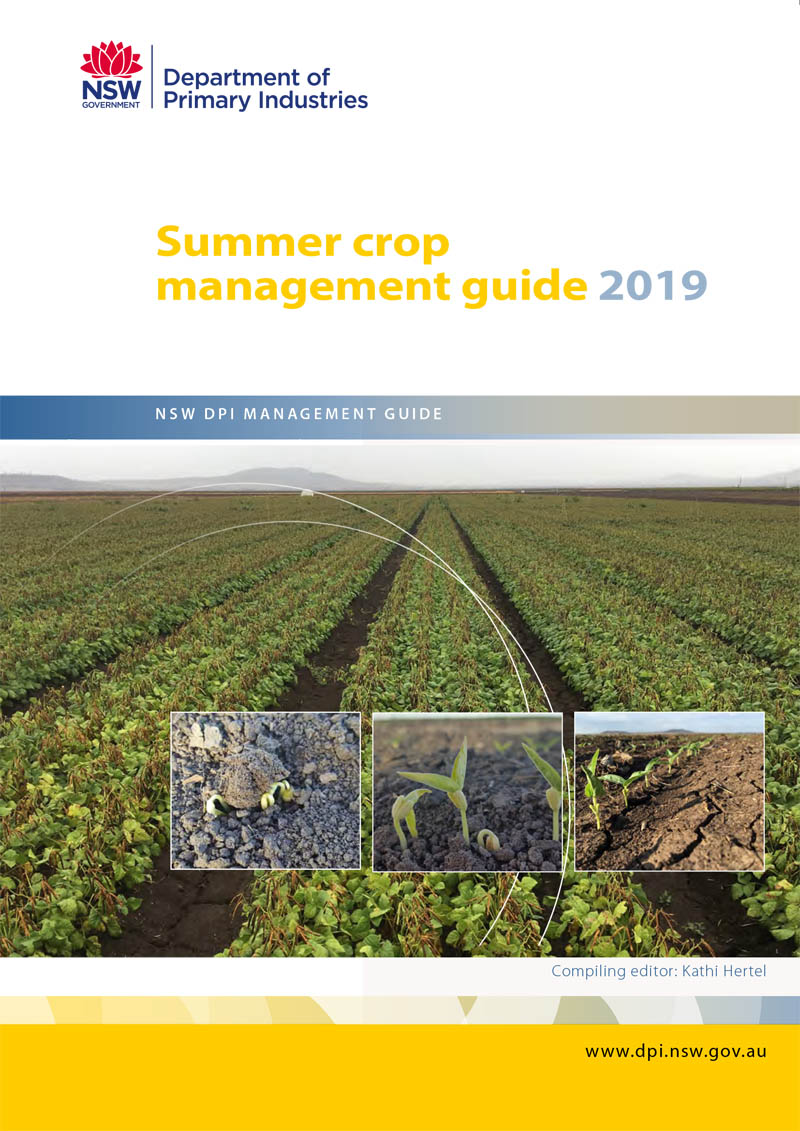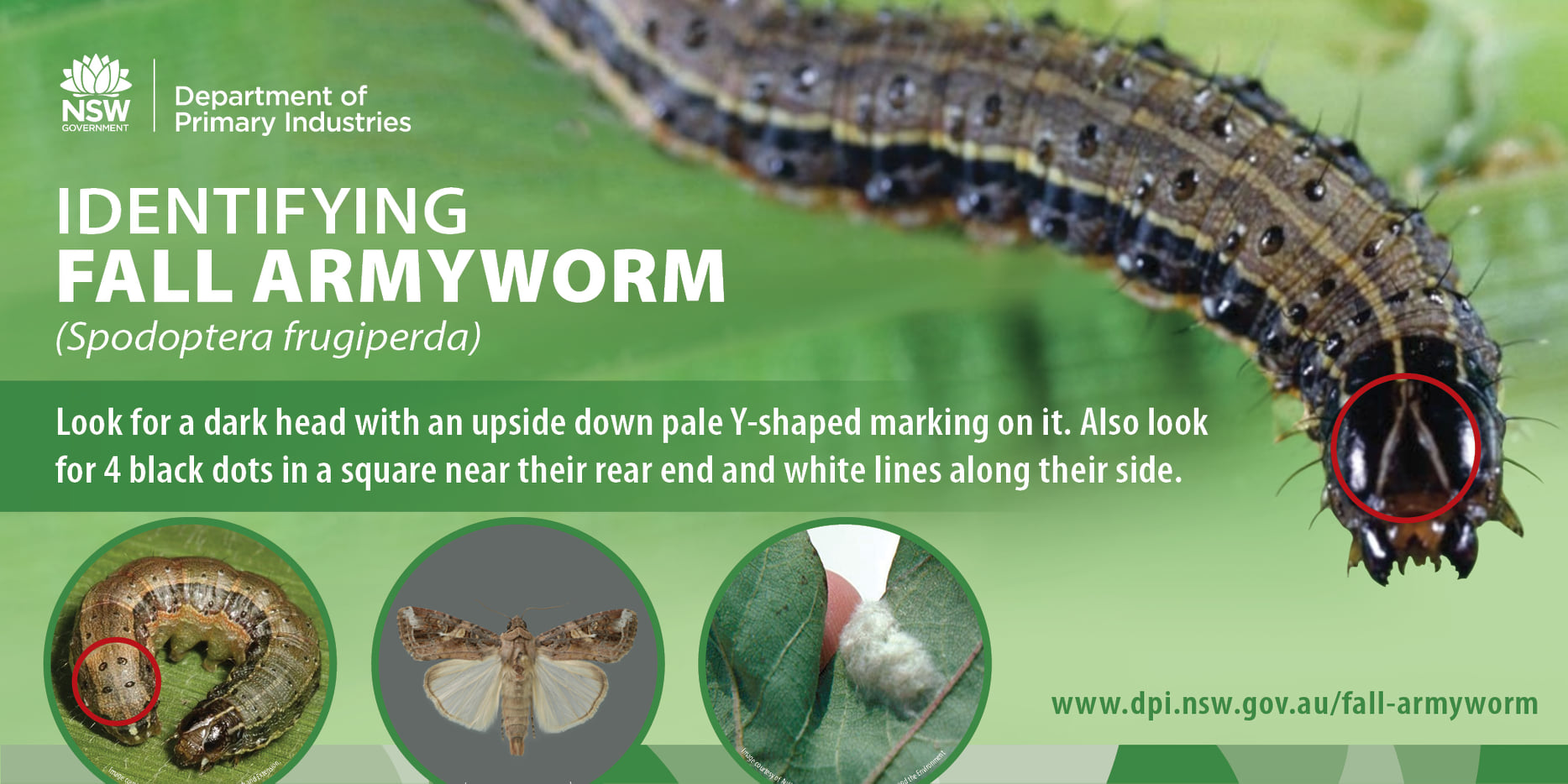- GVP $158 million est. Up 431% yoy.
- Yield up 29% on 10-year average.
- China made up 75% market share of exports at $54.5 million.
Production

Although planted hectares were up significantly year on year, they were still down 13% on the 10-year average. The strong yields helped to offset the below average plantings with overall production being reported at 494 thousand tonnes, a 6.6% increase on the 10-year average production. 4
Price
Compared to other coarse grains, sorghum pricing is strong. Sorghum typically trades at a $74/tonne discount to maize on average but ended the year close to parity with maize prices. Sorghum also extended the premium compared to barley, reaching peak premiums of around $95/tonne. Some sorghum has been delivered at lower grades than previous seasons with a softer season and some wet conditions around harvest contributing to sprouted grain. Reports have been received of discounts on lower quality grain around $45-$50/tonne which is mostly finding its way into poultry rations. 125
Sorghum and Coarse Grain Prices
- Barley Feed
- Sorghum Feed
- Maize Feed
- Sorghum Average
Sorghum and Coarse Grain Prices
- Sorghum Vs Barley (Del. Sydney)
- Sorghum Vs Maize (Del. Sydney)
Trade
NSW Sorghum Production and Exports
- Exports
- Production
Demand from China has resurfaced, with this market taking almost 75% of the export market share by volume in 2020-21 with other smaller markets being Japan and Taiwan respectively. However, the major destination for NSW sorghum is the domestic feed grain market, being the largest consumer of NSW Sorghum. Compared to the national exports which consume 35% of national sorghum production, NSW sorghum exports makes up only 21.2% on average over the last 10 years. 128
Macroeconomic Conditions
China’s consumption of these coarse grains accounted for 22.3% of global consumption in 2020-21, and increased by 5.6% year on year. China’s demand for feed grain has increased as their pig herd begin to rebuild from African Swine Fever outbreaks driving demand for feed grains, but also to replenish their stocks of these grains which have declined 9.0%, or 20 million tonnes, from their peak levels in 2016-17. 207 Sorghum trade is disproportionately driven by imports to China, with the market accounting for 86.1% of global imports, with trade to China up 123% year on year but still short of imports in 2014-15.
Coarse Grain Production and Consumption m
- Barley Cons.
- Corn Cons.
- Oats Cons.
- Sorghum Cons.
- Total Prod.
Outlook





